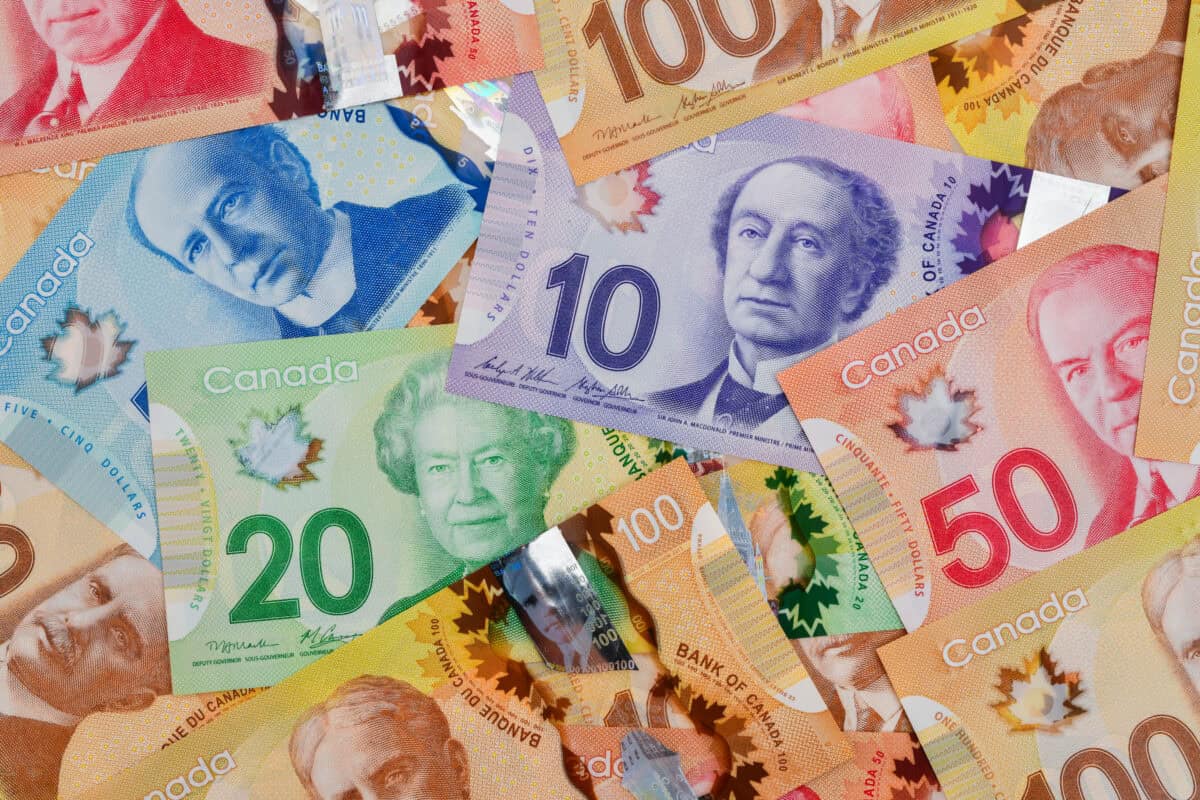Using a Tax-Free Savings Account (TFSA) for passive income is a popular strategy among Canadians. Yet about 40% of TFSA holders use their accounts primarily to generate investment income. This is according to a 2022 survey by Royal Bank of Canada (RBC). By investing in dividend-paying stocks, bonds, or other income-generating assets within a TFSA, investors can earn tax-free income for life!
For instance, consider a $100,000 TFSA invested in a diversified portfolio yielding 4% annually. An investor could generate $4,000 in tax-free passive income each year. This income can be withdrawn without affecting contribution room. That makes the TFSA an excellent source for building and enjoying tax-free passive income, particularly in retirement.
How to get started
Creating passive income through a TFSA is an easy strategy, especially when you leverage the power of both returns and dividends. With a TFSA, your investments grow tax-free, meaning you won’t pay taxes on any capital gains, interest, or dividends. By choosing strong dividend stocks within your TFSA, you can generate a steady stream of income that can be reinvested or withdrawn without triggering any tax consequences.
One top contender for creating passive income in your TFSA is Canadian Imperial Bank of Commerce (TSX:CM) stock on the TSX. CIBC is a well-established financial institution with a strong track record of profitability and consistent dividend payments. The stock currently boasts a forward annual dividend yield of 5.17%, making it an attractive option for income-seeking investors. With a payout ratio of just over 54%, CIBC has a sustainable dividend policy as well, ensuring that you can count on those quarterly payouts to keep rolling in.
Earnings alert
CIBC’s recent earnings further solidify its position as a great option for your TFSA. For the quarter ending April 30, 2024, CIBC reported a revenue growth of 7.3% year over year. This brought in a total of $21.7 billion in revenue over the last year. The bank also posted a quarterly earnings growth of 3.6% year over year, with a net income attributable to common shareholders of $6.09 billion. These solid financials underscore the bank’s ability to generate consistent profits. This supports its ability to maintain and grow its dividend over time.
From a valuation standpoint, CIBC is currently trading at a trailing price-to-earnings (P/E) ratio of 10.64 and a price-to-book (P/B) ratio of 1.31. This indicates that the stock is reasonably priced, especially when compared to its peers. The stock’s beta of 1.12 suggests moderate volatility. Yet this means it could provide a relatively stable investment — particularly appealing to those who prefer a balance between risk and return.
Bottom line
So, how much could you make? Let’s say you could use your $7,000 contribution limit for 2024 towards CIBC stock. Here is what you could create in tax-free passive income should the stock continue with a $3.60 dividend and rise 32% in returns.
| COMPANY | RECENT PRICE | NUMBER OF SHARES | DIVIDEND | TOTAL PAYOUT | FREQUENCY | PORTFOLIO TOTAL |
| CM – now | $71.50 | 98 | $3.60 | $352.80 | quarterly | $7,000 |
| CM – 32% | $94.38 | 98 | $3.60 | $352.80 | quarterly | $9,249.24 |
As you can see, this would create returns of $2,249.24 and dividends of $352.80! That’s total passive income of $2,602.04! In conclusion, investing in CIBC stock within a TFSA is a smart move for those looking to build passive income through dividends. The combination of a high dividend yield, solid financial performance, and reasonable valuation makes CIBC an ideal choice for a TFSA. Plus, the tax-free nature of the TFSA means that all your dividend income and potential capital gains stay in your pocket, helping you reach your financial goals faster.








